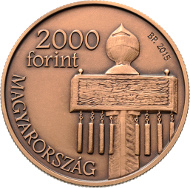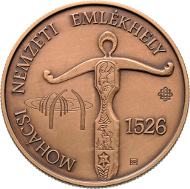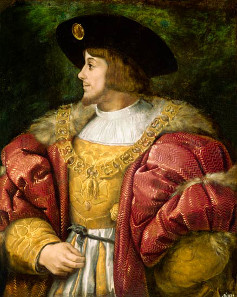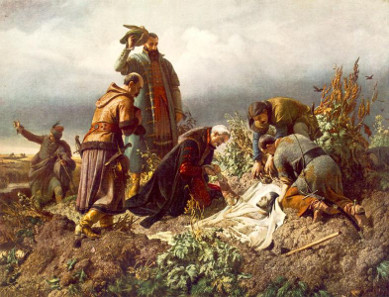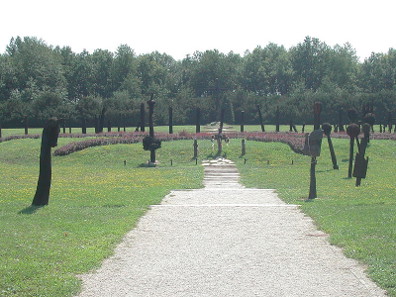October 15, 2015 – On 29 August 1526, almost 18,000 Hungarian soldiers died on the field of battle at Mohács, and Hungary’s fate was sealed for the next 145 years. The Magyar Nemzeti Bank’s latest release commemorates the nation’s heroes and the memorial site. The HUF 2,000 coin is the second member of the series “National Memorial Sites”.
Hungary / 2,000 Forint / Cupro-Zinc / 37 mm / 18.4 g / Design: Virág Szabó / Mintage: 5,000.
The coin was designed by Virág Szabó, who depicted the grave markers created by Pál Kö in the form of wind chimes and carved memorial posts. The official symbol of the Mohács National Memorial is found on the back, along with the joint symbol of the National Memorial Sites.
Louis II, King of Hungary and Bohemia (1506-1526).
Under the reign of King Louis II, Hungary’s magnates were involved in domestic and international power struggles and failed to take note of the growing Turkish threat. In the summer of 1521, Szabács (now Sabac, Serbia) fell, followed by the key border castle of Nándorfehérvár (present-day Belgrade, Serbia). At the end of 1525, the Hungarian nobility learned that the Ottomans were planning yet another offensive, but remained idle.
No military or financial aid was received from the Habsburgs, and it was only Pope Clement VII who provided 50,000 forints for the king to raise an army. Ultimately, the Christian army engaged the Ottomans in battle on 29 August 1526, to the south of Mohács near the Danube.
Discovery of the Body of King Louis the Second, painting by Bertalan Székely, 1860.
Although the 25,000-man army led by Pál Tomori and György Szapolyai was a considerable force by Central European standards, the Turkish army was three times as large and prevailed.
The Ottomans’ bloody massacre lasted only last one and a half hours and destroyed three quarters of the Hungarian army, including numerous nobles, 5 bishops, the Cardinal of Esztergom László Szalkai, and the Hungarian king himself. With the death of Louis II, the Hungarian nation crumbled and the kingdom was partitioned into three parts. For lack of a designated heir, there ensued a struggle for the Hungarian throne which lasted for decades.
The battlefield monument at Mohács. Photograph: Neoneo13.
The almost 8-hectare memorial site located in a nature conservation area was opened on August 29, 1976, marking the 450th anniversary of the battle. The park is the resting place of 1,700 soldiers. In the courtyard of the building designed by György Vadász, the rustic split stone rose symbolises the three-way split of the country. The path leads from the central building through the august memorial park of the grave sites, forming concentric circles, shaded by willows and groves of hazels.
Many of the gravestones are works of art created by the sculptors Pál Kö, István Szabó Jr., Sándor Kiss and József Király, along with the artists József Pölöskei, István Bencsik, Gyula Illés and Sándor Rétfalvi to commemorate the heroes, taking forms such as the Virgin Mary with angel wings, halberds, maces and horses fallen in battle. Among the mass graves, one finds carved grave markers for King Louis II, Sultan Suleiman, Pál Tomori, Dorottya Kanizsai and many hundreds of knights. Above the headstones rises a cross standing more than 10 metres tall, which was erected in 1990 in memory of the Christian heroes who fell in battle.
Since 2012, the battlefield at Mohács has also officially been a national memorial site, one of 14 key historical sites which form a crucial part of the national identity, and the intellectual, cultural and scientific heritage of the Hungarians.
Please, find the website of the Magyar Nemzeti Bank here.
Information on the first issue of this series, the Somogyvar-Kupavar National Memorial, is available here.
And this site inform about the Historical Memorial Park at Mohács.




